News
-
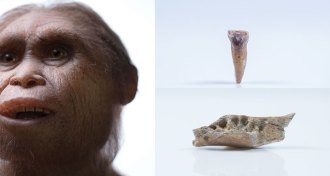 Anthropology
AnthropologyHobbit history gets new preface
Jaw, tooth fossils put new spin on evolution of Homo floresiensis.
By Bruce Bower -
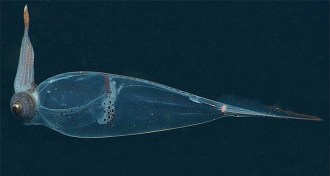 Life
LifeBy leaking light, squid hides in plain sight
Glass squid camouflage their eyes with wonderfully inefficient bioluminescence.
By Susan Milius -
 Earth
EarthSpy satellites reveal early start to Antarctic ice shelf collapse
Declassified spy satellite images reveal that Antarctica’s Larsen B ice shelf began destabilizing decades earlier than previously thought.
-
 Quantum Physics
Quantum PhysicsQuantum weirdness survives space travel
Quantum weirdness travels from Earth to space and back again.
-
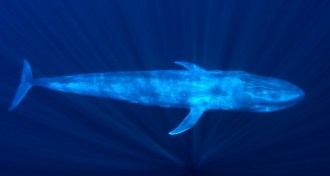 Animals
AnimalsPygmy blue whales deepen their moans
Sri Lankan pygmy blue whales are tweaking their calls — making one part deeper and keeping another part the same — but scientists can’t say why. The finding injects a new wrinkle in theories about blue whale calls.
By Meghan Rosen -
 Genetics
GeneticsAncient DNA tells of two origins for dogs
Genetic analysis of an ancient Irish mutt reveals complicated history of dog domestication.
-
 Planetary Science
Planetary ScienceJupiter’s stormy weather no tempest in teapot
New radio observations reveal how ammonia moves about beneath Jupiter’s clouds and provide a sneak peek at what NASA’s Juno mission will learn later this year.
-
 Archaeology
ArchaeologyEarliest evidence of fire making in Europe found
Clues to Stone Age fire making surface in a Spanish cave.
By Bruce Bower -
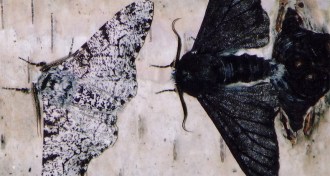 Life
LifeJumping gene turned peppered moths the color of soot
A single gene is behind some of the most famous examples of natural selection.
-
 Earth
EarthPlate tectonics just a stage in Earth’s life cycle
Plate tectonics is just a phase in a planet’s lifetime between conditions that are too hot or too cold for the planet-churning mechanism, new simulations suggest.
-
 Neuroscience
NeuroscienceMorphine may make pain last longer
Instead of busting pain, morphine lengthened the duration of pain in rats with a nerve injury.
-
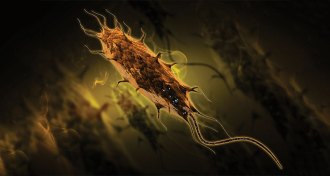 Life
LifeBacteria resistant to last-resort antibiotic appears in U.S.
For the first time in the United States, scientists have reported a patient infected with a strain of bacteria carrying the gene mrc-1, making it resistant to the last-ditch antibiotic colistin.
By Meghan Rosen